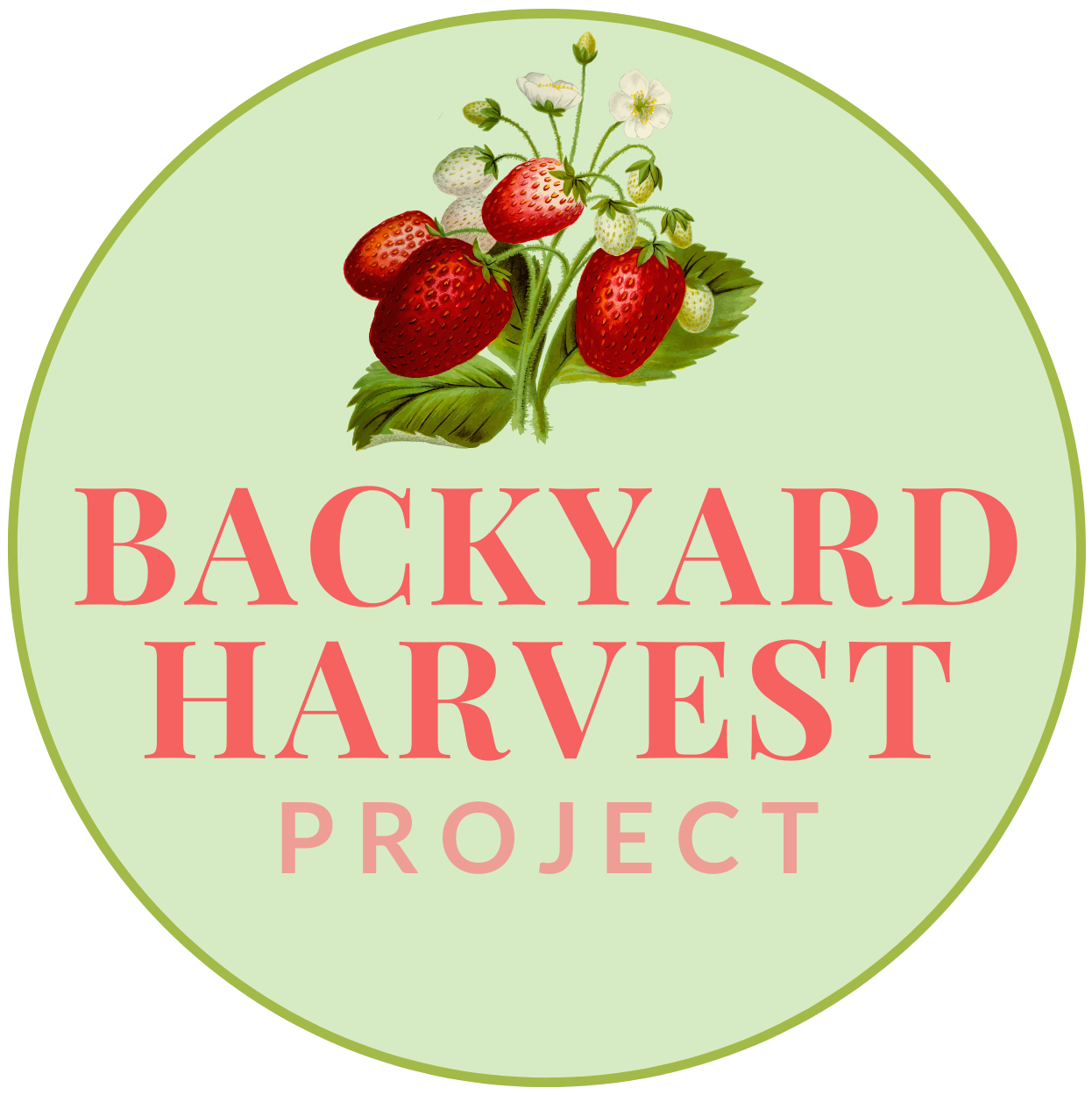How to Plant a Herb Spiral
In our previous blog post, we outlined step by step instructions to build a herb spiral in your kitchen garden. Be sure to pop back and read that post if you haven’t yet.
Our next step is to design a planting plan for your herb spiral. Remember the spiral shape creates microclimates we want to take advantage of - so creating a well thought out plan will produce the best herb garden results.
Observe
Now that your spiral is built, choose a day that you are home most of the day, and go have a good look at your spiral after the first light hits your garden, at mid-day, and in the evening. What areas are getting only morning sun? Afternoon sun? Full day sun? Are there areas that are getting more wind? I made some assumptions about my spiral based on books I read - but the structures located around my spiral (like my house) created some different conditions.
Make a Map
Next I created a little map and divided my spiral into sections, numbering each section for easy reference. I ended up with 18 sections, and this worked pretty well. Sections 1-11 are a great location for plants that like full sun, heat, and well drained soil. Sections 12 - 16 were reserved for plants that appreciate cooler conditions, more moisture, and slightly less sun. Based on where my deck is built, sections 17 & 18 are back in the full sun zone - but need to be ok with more moisture.
It’s almost time to choose plants for each section, but first…
Things to consider
Before you get to the fun part of choosing your herbs, I’d like to share some lessons I learned for your consideration.
Plant Height
My 2020 herb spiral lesson? If you put a plant on the south side of your spiral (say sections 7, 8, 9 on the above map), and it grows huge and tall, it will block out the sun from the top of the spiral. Thus when I discovered a mutant Russian tarragon still growing under my deck in a pot in April (after months with no water, sun, and in -30 C temps) I shouldn’t have let my admiration for the plant get the best of me. I should have googled “Russian tarragon” to discover it can grow to 5 feet tall (and mine tried) when in a hot, sunny, dry space. I would have also discovered its root systems can crowd out other plants.
Plant Width
The image above also demonstrates my lack of knowledge regarding chamomile. It grew to epic proportions, and covered the lavender planted next door. As a matter of fact, planting mutant tarragon, rambling nasturtium, and epic chamomile all next door to each other was a good example of not taking plant width into account.
Tenacious Behaviours
You want to consider if your herb selection can get unruly in its growing habits. Consider root structure, and if this plant will self seed year after year. Self seeding isn’t a bad thing, as long as you are ok with a more whimsical plant arrangement - or you’ll be on top of removing unwanted volunteer plants. I was smart and planted my mint into a terracotta pot within the spiral (mint can be very aggressive). However I suspect I will meet the mutant tarragon again in 2021. Other tenacious plants include all other mints, dill, comfrey, lemon balm, calendula, and catnip.
Annual vs Perennial
Depending on your growing zone, some of your herbs will come back year after year - so you want to consider the placement of these plants carefully. Chives & comfrey will both come back in Zone 3 - and I’ll update what else survived come spring of 2021.
The Space Between
Because our herb spiral was constructed with natural rocks, we have gaps in the structure. We planted creeping thyme in the cracks. Not only does it flower and look whimsical, I also hope the root structure will help secure the spiral. I’ve had creeping thyme back in my yard, we’ll see if it returns on the spiral. Next year I’ll also be planting Johnny Jumps ups (viola tricolor) in the extra spaces in the spiral to use in my salads.
Choose your Herbs
Now is the fun part, it’s time to choose your herbs. I love West Coast Seeds website for herb growing information. Choose a seed, and then scroll down to read the “how to grow” section. Keep in mind that the timing is for the west coast, and may not apply to your zone.
Another great resource for inspiration is Inspiration from the Herb Lady there’s some great speciality garden collections - like a culinary herb garden and a cocktail herb garden.
For some reference - here are my 2020 and 2021 herb spiral plans (and one more look at that trio of tarragon, nasturtium and chamomile getting taking up too much space ;)
2020 Herb Spiral
2020 herb spiral plan
2021 herb spiral draft plan
Get planting
Before you plant, top dress with compost. If you’re going to install drip irrigation, place this before planting. Ideally, your spiral would also be mulched - the bare soil on mine is a testament to the wind I am still dealing with. I divided my spiral just like the image so I could space the plants properly. Finally, be sure to add plant tags, and enjoy!
If you love the idea of creating a beautiful, edible, functional space in your yard, but don’t know how to get started, contact me. I would love to help.








